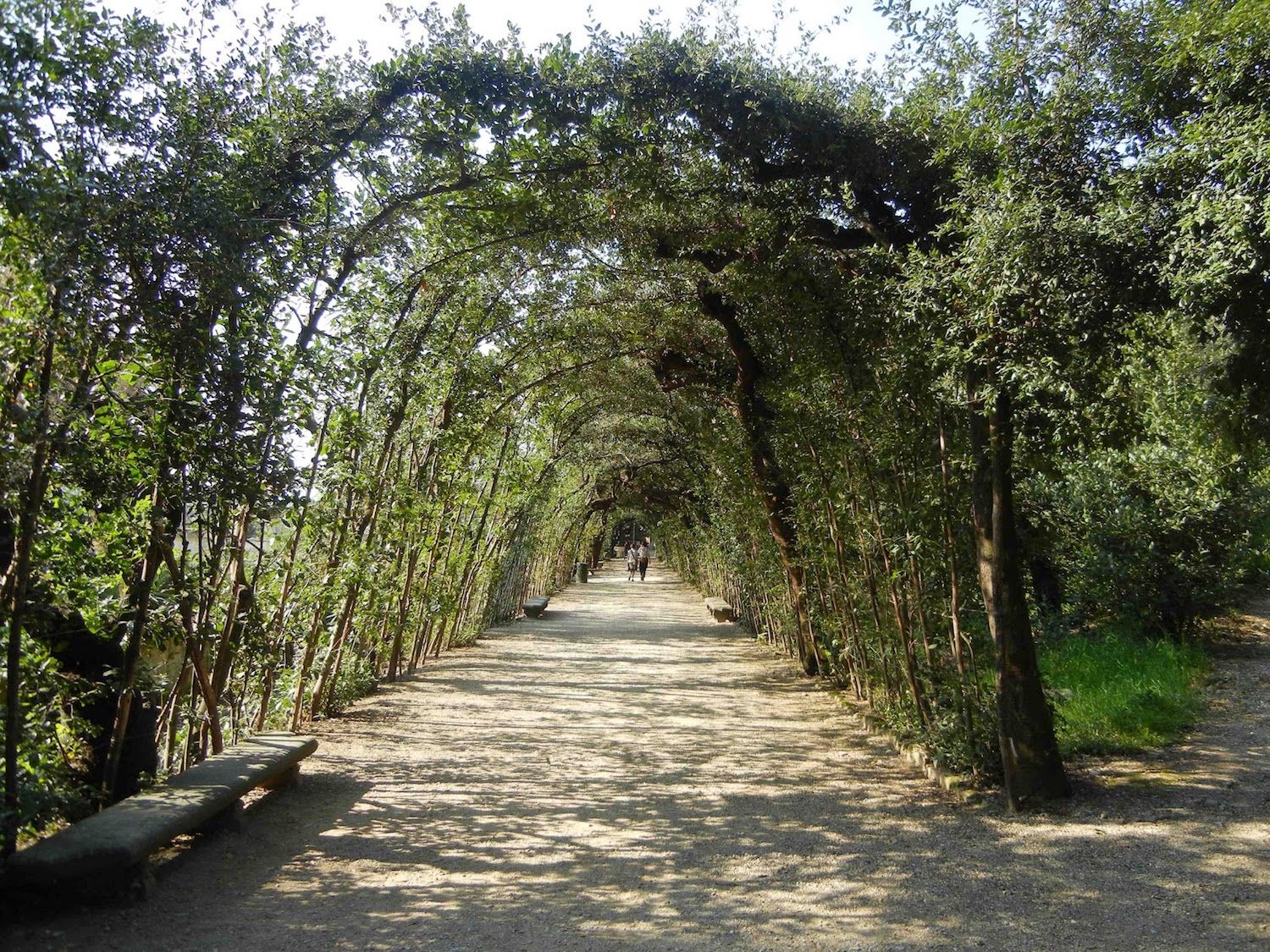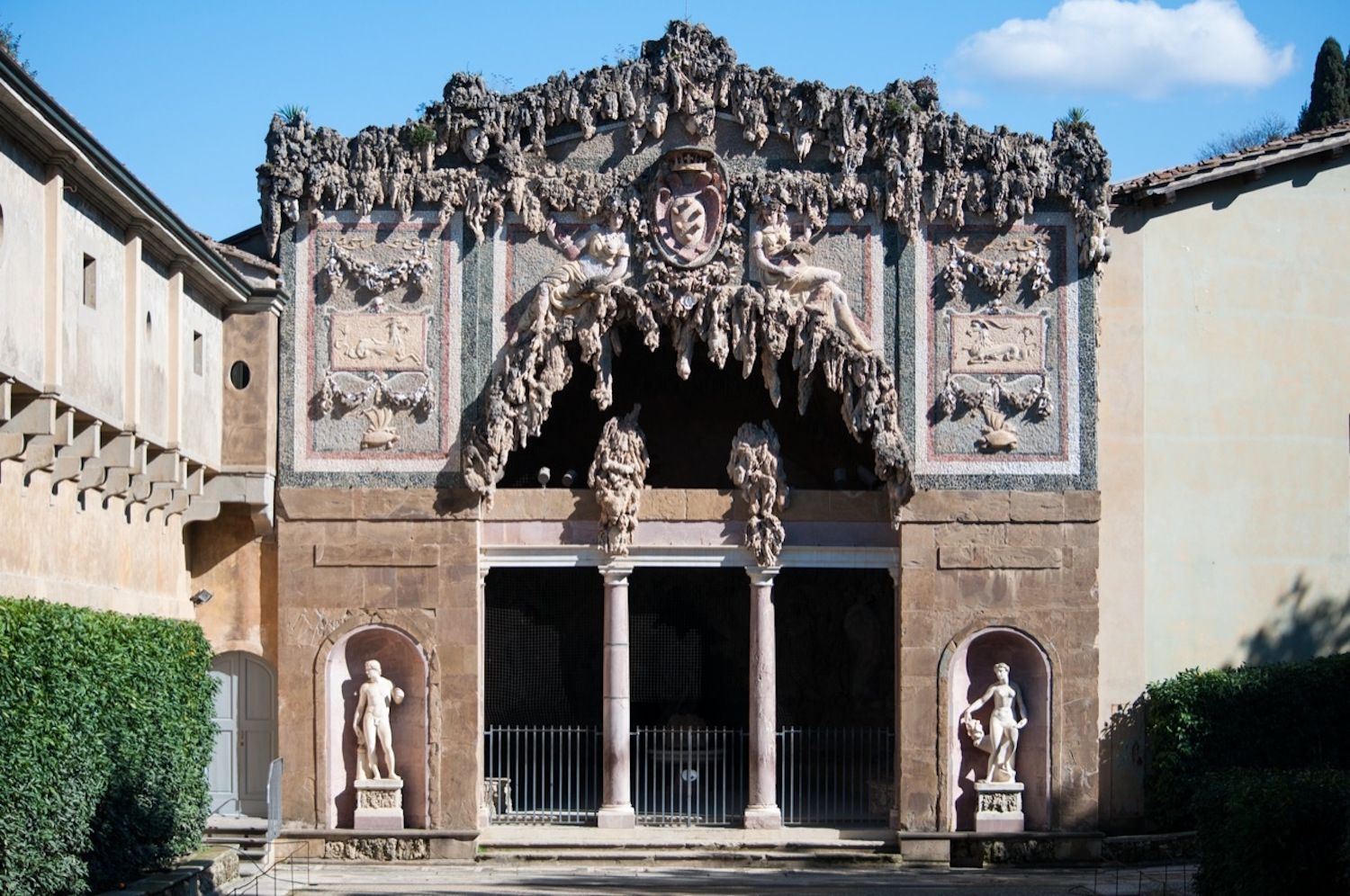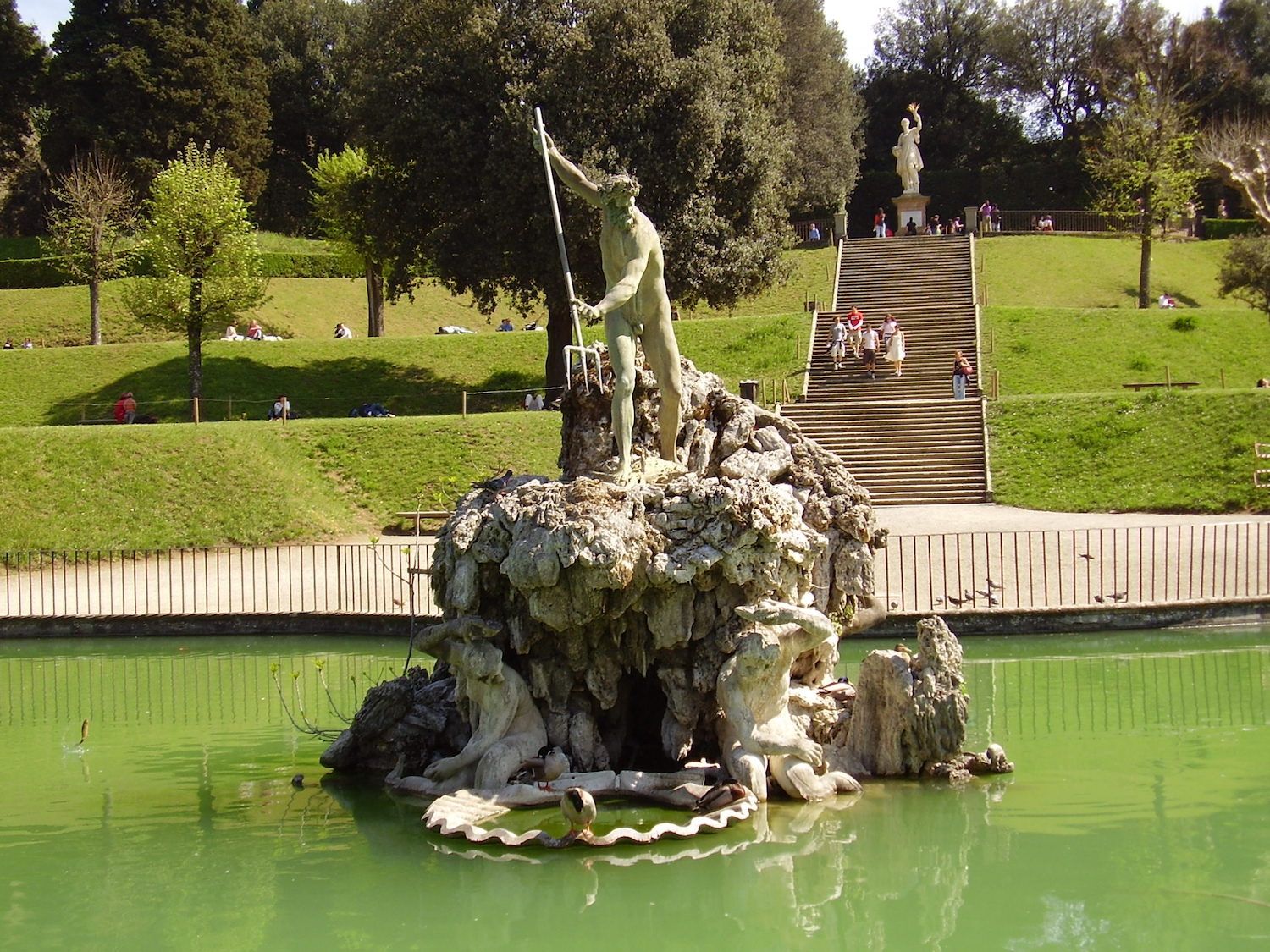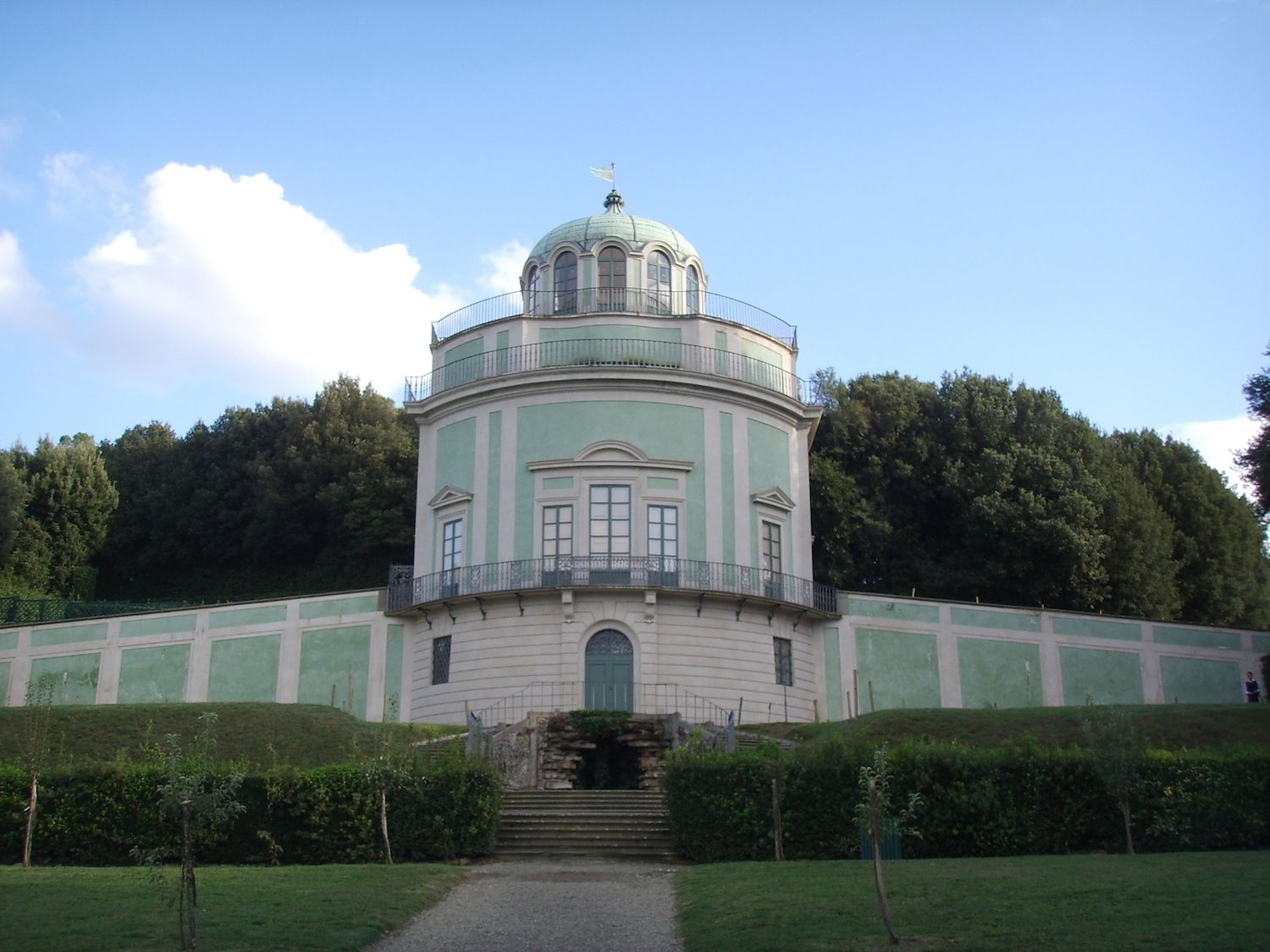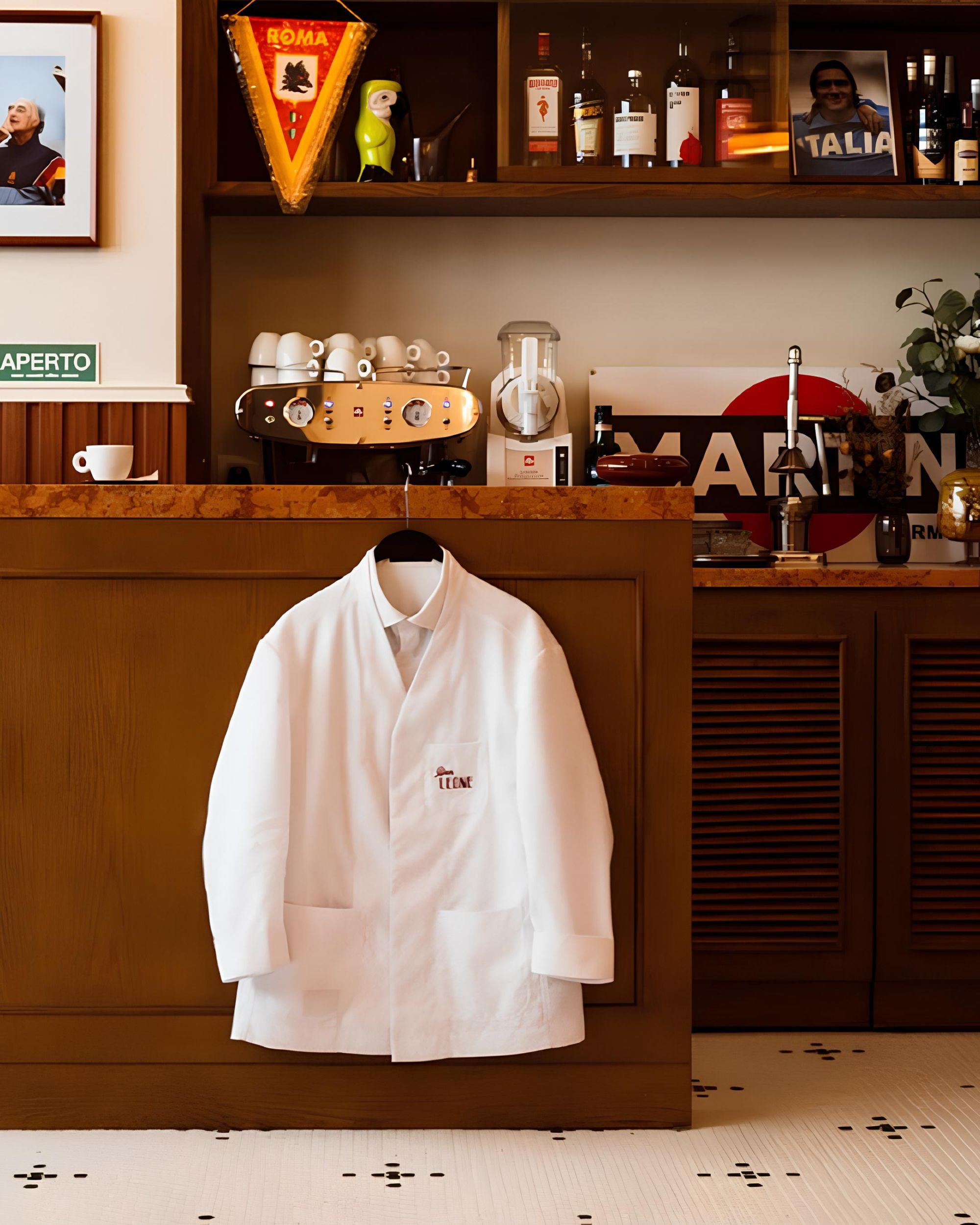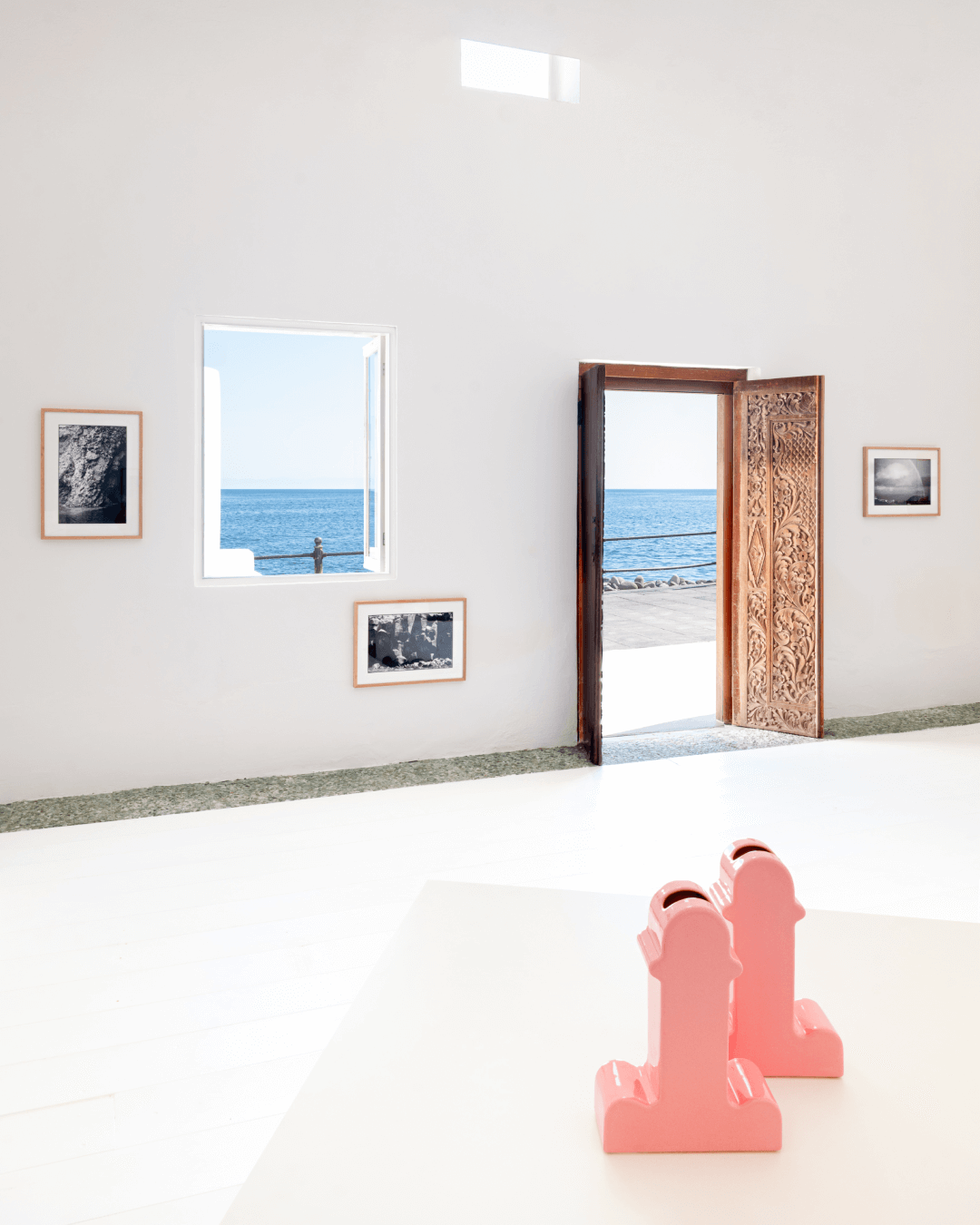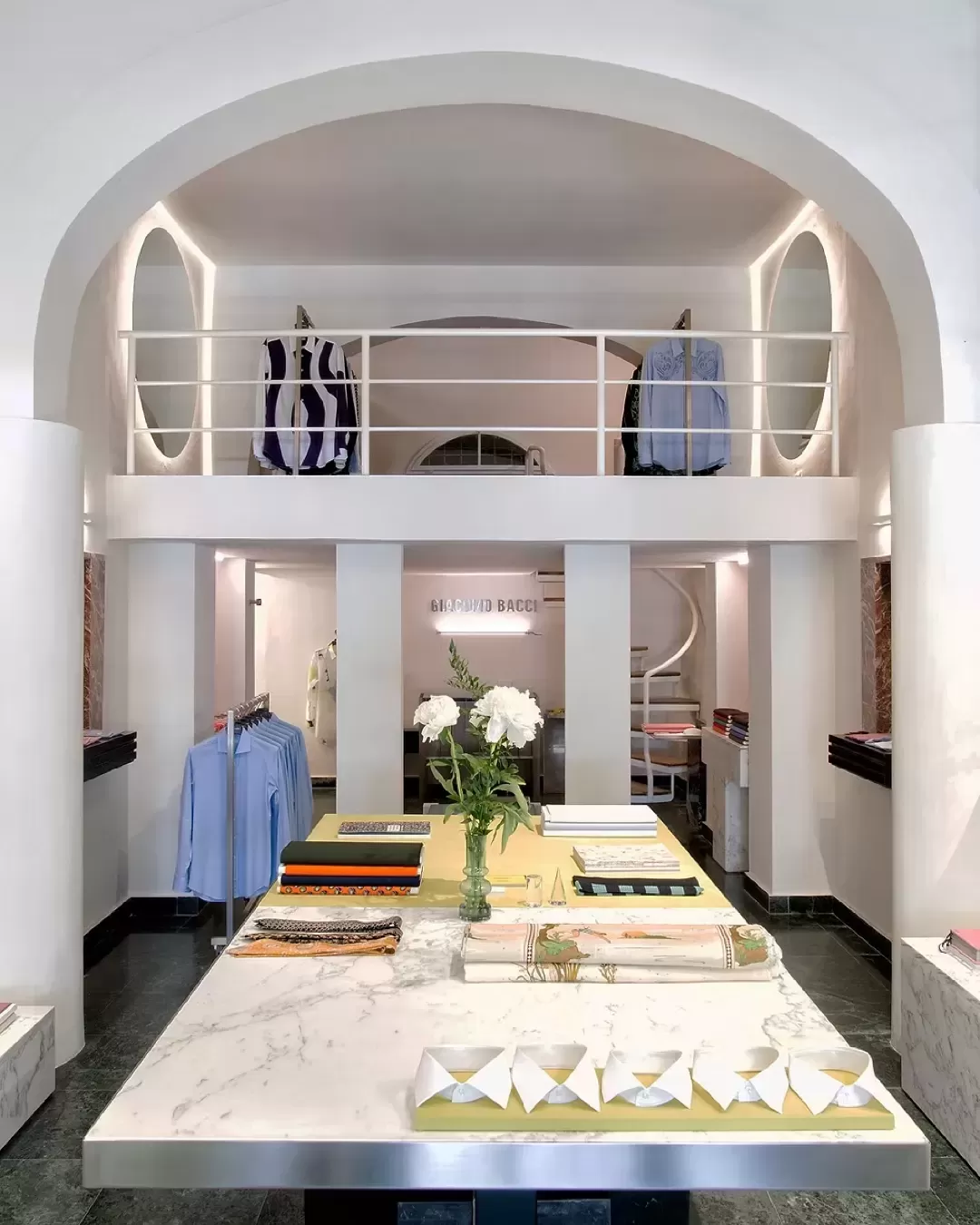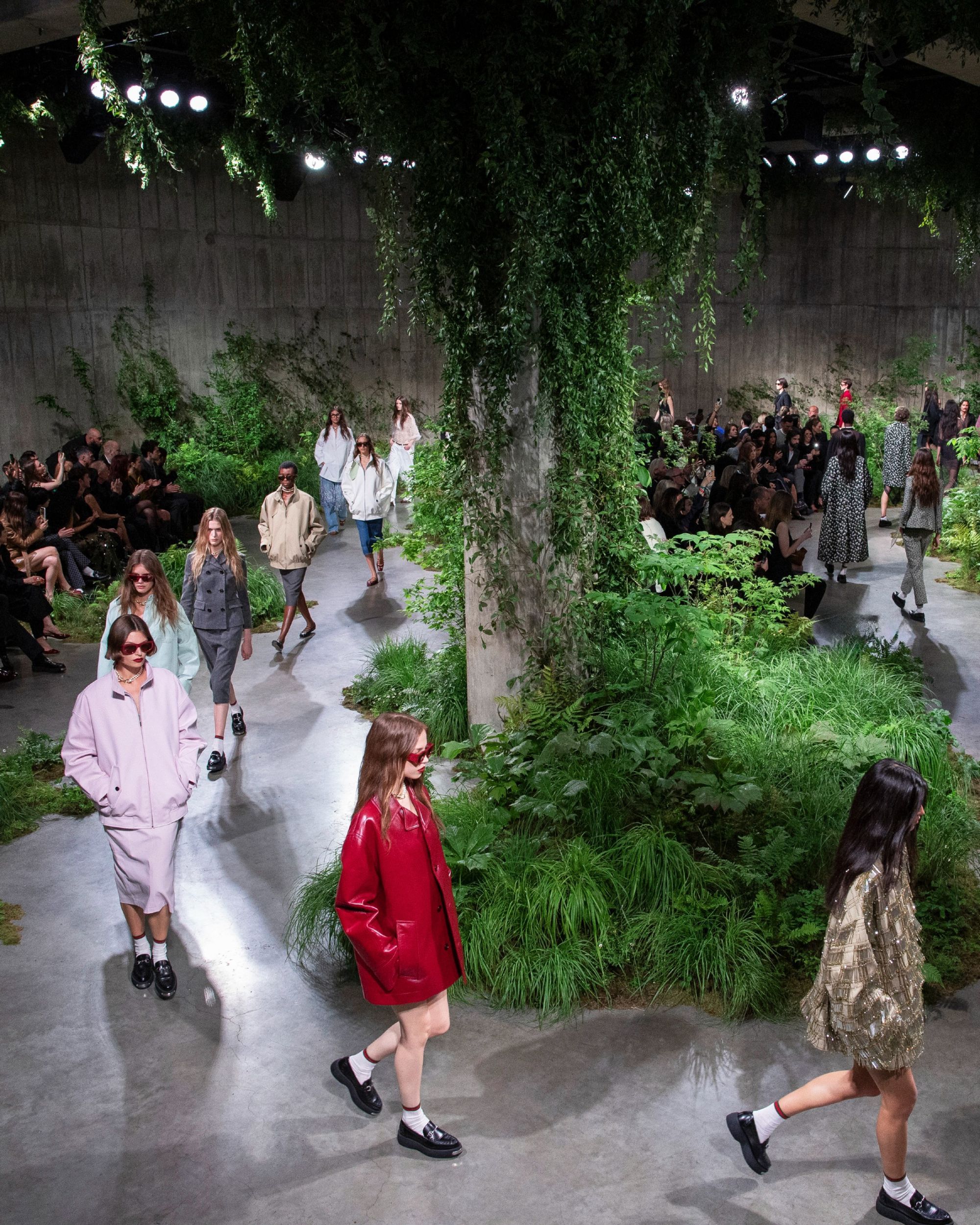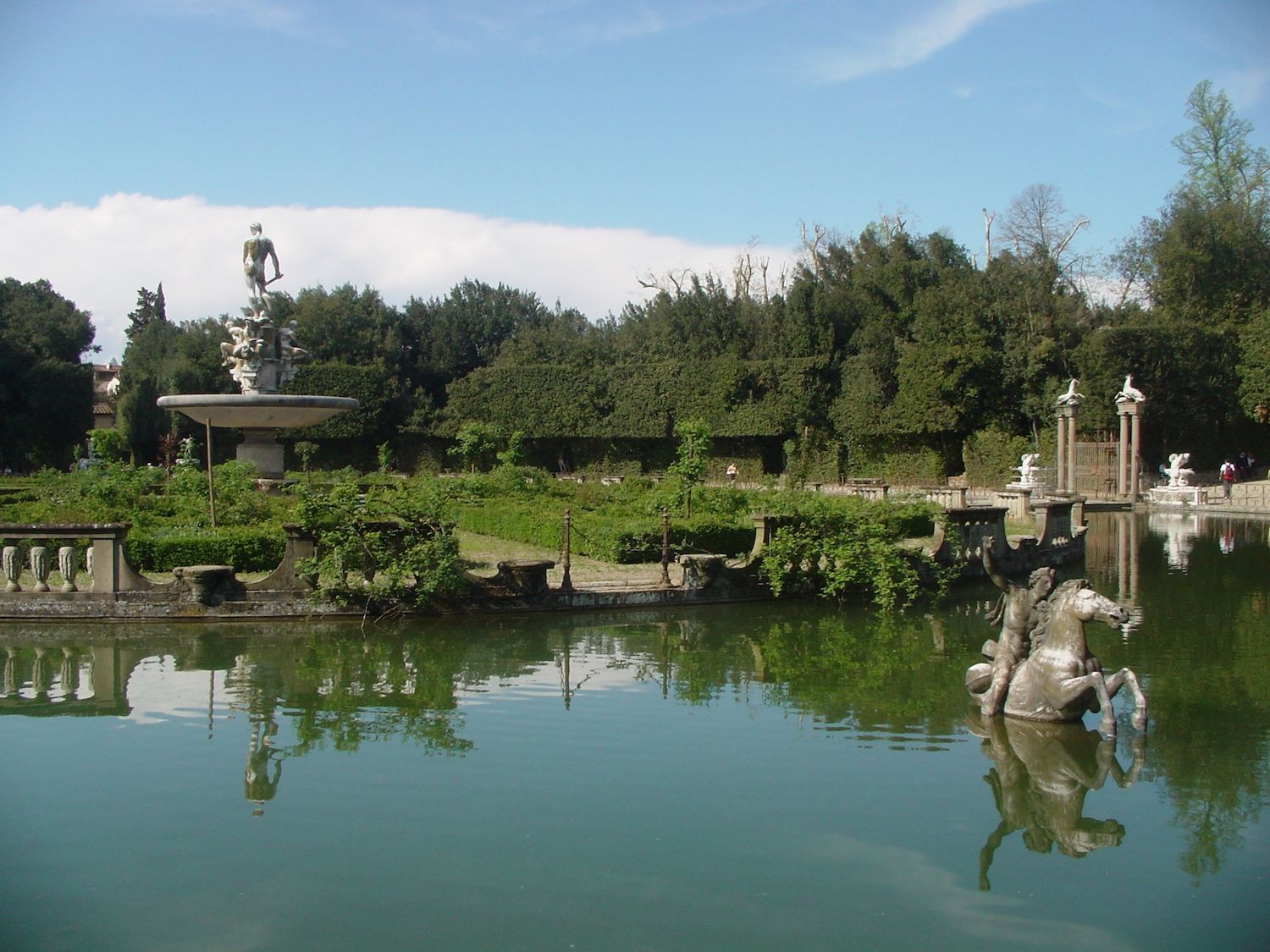
Sunday Escape - The Boboli Gardens Florentine green lungs and World Heritage Site
In the world everyone knows it: Florence is a beautiful city full of places to visit, museums and beauties of all sorts.
Choose what to explore and what to sacrifice is not easy, but if you go for a walk in nature and maybe find a bit of refrigeration from summer heat, we recommend you the Boboli Gardens, so special to have become a model of inspiration for European's royal gardens, particularly Versailles and, in June 2013, a World Heritage Site.
With their 45,000 square meters, they are not only the green lungs of the city center but also an authentic monumental park, a true open-air museum that, amongst holm oaks, cypresses, flowerbeds and plants of all sorts, houses temples, caves, stairs, fountains, sculptures and interesting buildings.
Its history?
First of all, the name.
The most acclaimed hypothesis is that the term "Boboli" derives from the Borgolo family who owned the territory where the garden was built, later purchased in 1418 by Luca Pitti, which will begin the construction of Palazzo Pitti.
Its design and development, however, continued to be articulated for four centuries, from '400 to '900, passing through the hands of architects such as Vasari, Ammannati and Bernardo Buontalenti.
At the initial nucleus, as well, they continued to be added parts and decorative elements such as ancient Roman statues; Limonaia, a structure with a mild climate where in winter the lemon trees were brought (introduced in Tuscany by the Medici); the eighteenth-century Kaffeehaus, a rococo style building, used by Peter Leopold to drink chocolate and distract himself from the obligations of court life.
The main areas of the gardens, in addition to the Kaffeehaus, are the Amphitheater, the center of which is the obelisk transported from Luxor in 1789 and the Neptune Fountain with trident, renamed by the Florentines "La Forchetta"; the Viottolone, a large avenue on steep descent, alongside two rows of cypress trees planted in 1637 and decorated by numerous statues; the Prato del Cavaliere, one of the tallest areas of Boboli decorated with low hedgehogs and enclosing rare species of dahlias and roses; the Grotta Grande or Buontalenti, one of the most scenic settings of Boboli, enriched by wonderful water games and finely decorated with elements of mother-of-pearl, shells, artificial stalactites and stones framing frescos and enclosing groups of statues carved by great Renaissance masters, from Baccio Bandinelli to Giambologna.
The green lung of Florence offers this and much more.
You just have to visit it and find your favorite corner!









































